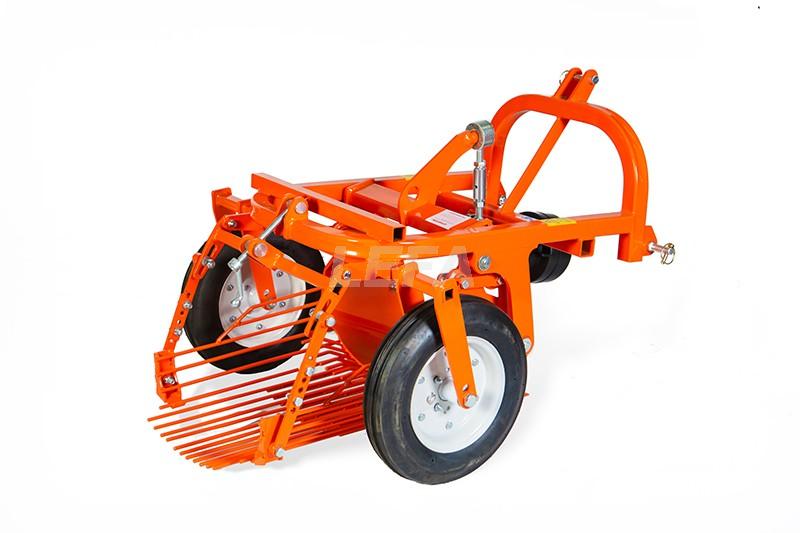All News
All News
In the realm of modern agriculture, the potato harvester stands as an unsung hero, driving incredible changes in the way we cultivate and gather potatoes. With its ingenious design and mechanical prowess, this remarkable machine has significantly impacted efficiency, productivity, and sustainability in the agricultural sector. In this article, we delve into the marvel of potato harvesters, exploring how they work, their benefits, and the transformation they have brought to potato farming.

The Evolution of Potato Harvesting
Before the advent of potato harvesters, the process of gathering potatoes was labor-intensive and time-consuming. Farmers and their workers would painstakingly dig up the tubers by hand, often spending long hours in the fields. However, the dawn of mechanization in agriculture sparked the development of innovative solutions, and thus the potato harvester was born.
How Potato Harvesters Work
Potato harvesters are sophisticated machines designed to efficiently unearth potatoes from the ground while minimizing damage to the delicate tubers. They typically consist of a set of rotating blades or diggers that penetrate the soil and loosen it around the potatoes. As the machine moves forward, the potatoes are dislodged and brought to the surface. Conveyor belts and sieving systems then separate the potatoes from the soil, ensuring that only the harvested tubers continue along the machine's path. The soil is returned to the field, reducing waste and maintaining soil health.
Benefits of Potato Harvesters
Increased Efficiency: The use of potato harvesters has drastically increased the speed at which potatoes can be gathered. What once required hours of manual labor can now be accomplished in a fraction of the time, enabling farmers to cover larger areas of land more quickly.
Reduced Labor Costs: Mechanized harvesting means fewer workers are needed in the fields for potato gathering. This reduction in labor requirements translates to significant cost savings for farmers.
Minimized Tuber Damage: Potato harvesters are designed with precision to minimize bruising and damage to the harvested potatoes. This is crucial, as damaged potatoes are more prone to rot and spoilage during storage.
Enhanced Sustainability: By efficiently separating soil from potatoes and returning the soil to the fields, potato harvesters contribute to sustainable farming practices. They reduce soil erosion and improve soil quality over time.
Optimized Yield: The ability to harvest potatoes more efficiently often leads to better yield management. Farmers can harvest potatoes at their optimal maturity, resulting in higher-quality produce.
The Transformation of Potato Farming
The integration of potato harvesters into modern farming practices has led to a transformation in the potato industry. From family-owned farms to large commercial operations, the efficiency and productivity gains brought about by these machines have revolutionized how potatoes are grown and harvested.
In regions where potatoes are a staple crop, the adoption of harvesters has allowed for increased production to meet growing demand. Moreover, the availability of potatoes as a food source has become more stable due to the consistent yield that modern machinery provides.
In the grand tapestry of agricultural innovation, the potato harvester stands as a shining example of how technology can reshape an industry. From its humble beginnings as a solution to labor challenges, this ingenious machine has propelled potato farming into a new era of efficiency, sustainability, and increased yield. As the world continues to seek ways to feed its ever-expanding population, the potato harvester remains a beacon of inspiration, reminding us of the power of human ingenuity in the field of agriculture.